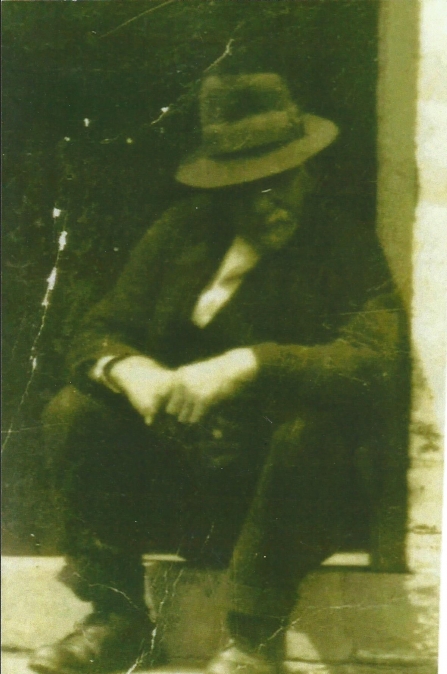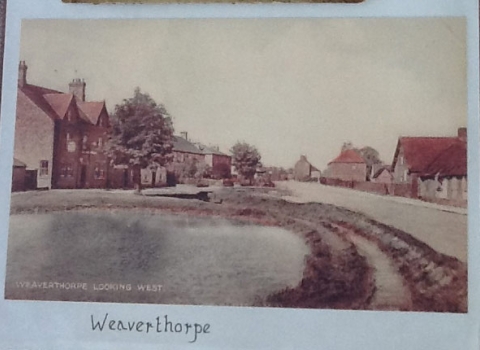Traditional pond making
There were various techniques used to create dew ponds in the Wolds. Very little has been recorded about these techniques and often the pond makers were secretive to protect their methods.
However, most pond making methods involved the use of puddled clay to provide a watertight layer. To puddle the clay it was either beaten with a wooden mell or compacted by livestock hooves. Lime was used to prevent worms making holes in the clay lining. Wheat straw and stone where added on top of the clay layer to prevent the clay from drying out and to protect it from animals’ hooves.

Pondy Welburn
In later years the Welburn’s of Fridaythorpe developed a new pond lining method. ‘Pondy’ Welburn relined many ponds across the Wolds in the first half of the 20th Century using a lime and sand plaster to create a liner as hard as concrete.
Oral histories
Three local Yorkshiremen discuss what the dew ponds meant to them.
George Nellist
Interviewed by Stefan Ramsden, 1999.
Remembers ‘Pondy’ Welburn and comments on how more recent approaches to maintaining dewponds are liable to fail.
Interview courtesy of East Riding of Yorkshire Council Museums Service.
Ernest Welburn
Interviewed in the 1960s (interviewer unknown).
Son of ‘Pondy’ Welburn, builder of dewponds on the Wolds in the early 20th century. Mr Welburn talks about working with his father to build ponds near Sledmere and Rudston.
Andy Featherstone
Interviewed by Emily McGregor and Stefan Ramsden, 2018.
Andy discusses why dewponds are necessary on the Yorkshire Wolds, and remembers how his grandfather maintained the dewponds on the farm. Andy also talks about why many dewponds were filled in, and how restoring a dewpond on his farm has been a boon to wildlife.

